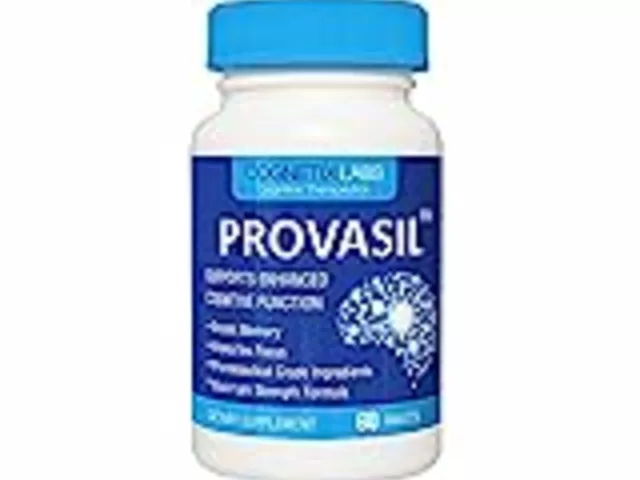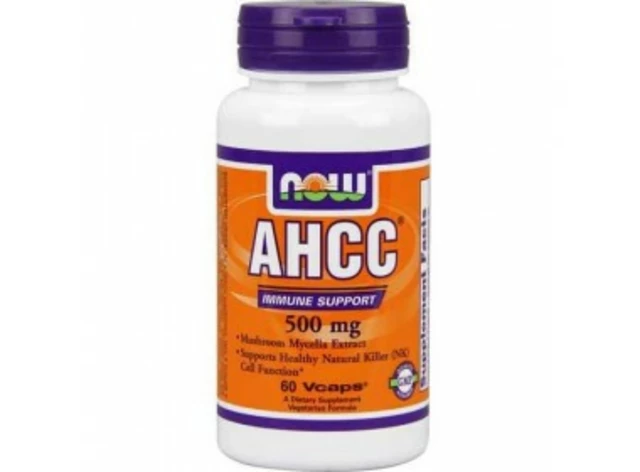Cephalosporin substitute: safe alternatives and how to choose
Can’t take a cephalosporin? Maybe you have an allergy, side effects, or resistance to worry about. Good news: there are reliable alternatives, but the right choice depends on the infection, your allergy history, and local resistance patterns. This short guide helps you and your doctor pick a safe, effective substitute without guesswork.
Common non-cephalosporin options
Here are practical substitutes grouped by typical infections:
- Respiratory infections (sinusitis, bronchitis, some pneumonias): macrolides (azithromycin, clarithromycin) or doxycycline. Macrolides work well for atypical bacteria; doxycycline covers a broad range and is often used when cephalosporins aren’t suitable.
- Skin and soft tissue infections: clindamycin, doxycycline, or trimethoprim-sulfamethoxazole (TMP-SMX). For suspected MRSA, use TMP-SMX, doxycycline, or clindamycin rather than a cephalosporin.
- Urinary tract infections: TMP-SMX, nitrofurantoin (for lower UTIs), or a fluoroquinolone like ciprofloxacin for more complicated cases—though fluoroquinolones are often avoided if other options work.
- Anaerobic infections: metronidazole or clindamycin are good alternatives when cephalosporins with anaerobic activity aren’t appropriate.
- Serious Gram-negative infections: aminoglycosides (gentamicin) can be used alongside other drugs in hospitals, but these require monitoring for kidney and ear toxicity.
- MRSA or resistant Gram-positives: vancomycin, linezolid, or daptomycin—these are hospital-focused options and used when cephalosporins won’t work.
How to pick the right substitute
Start with three facts: what bug is likely causing the infection, how sick the patient is, and whether there’s a true beta-lactam allergy. If you or a family member reports a penicillin or cephalosporin allergy, describe the reaction: a rash versus difficulty breathing matters. Many people labeled "penicillin allergic" can actually take certain cephalosporins safely after testing, but severe anaphylaxis means avoid beta-lactams and use non-beta-lactams instead.
Ask for culture and sensitivity tests when possible. That lets the clinician switch from broad empiric therapy to a narrow, targeted drug. Also check pregnancy and age: doxycycline and fluoroquinolones are usually avoided in pregnancy and young children; TMP-SMX isn’t ideal late in pregnancy. Talk with your pharmacist about drug interactions and dosing adjustments for kidney problems.
Bottom line: don’t swap antibiotics on your own. Use this guide to ask smarter questions—tell your doctor about allergies, ask for tests when appropriate, and consider narrow-spectrum options first. A safe substitute exists for almost every situation; the key is matching the drug to the bug, the patient, and the setting.






